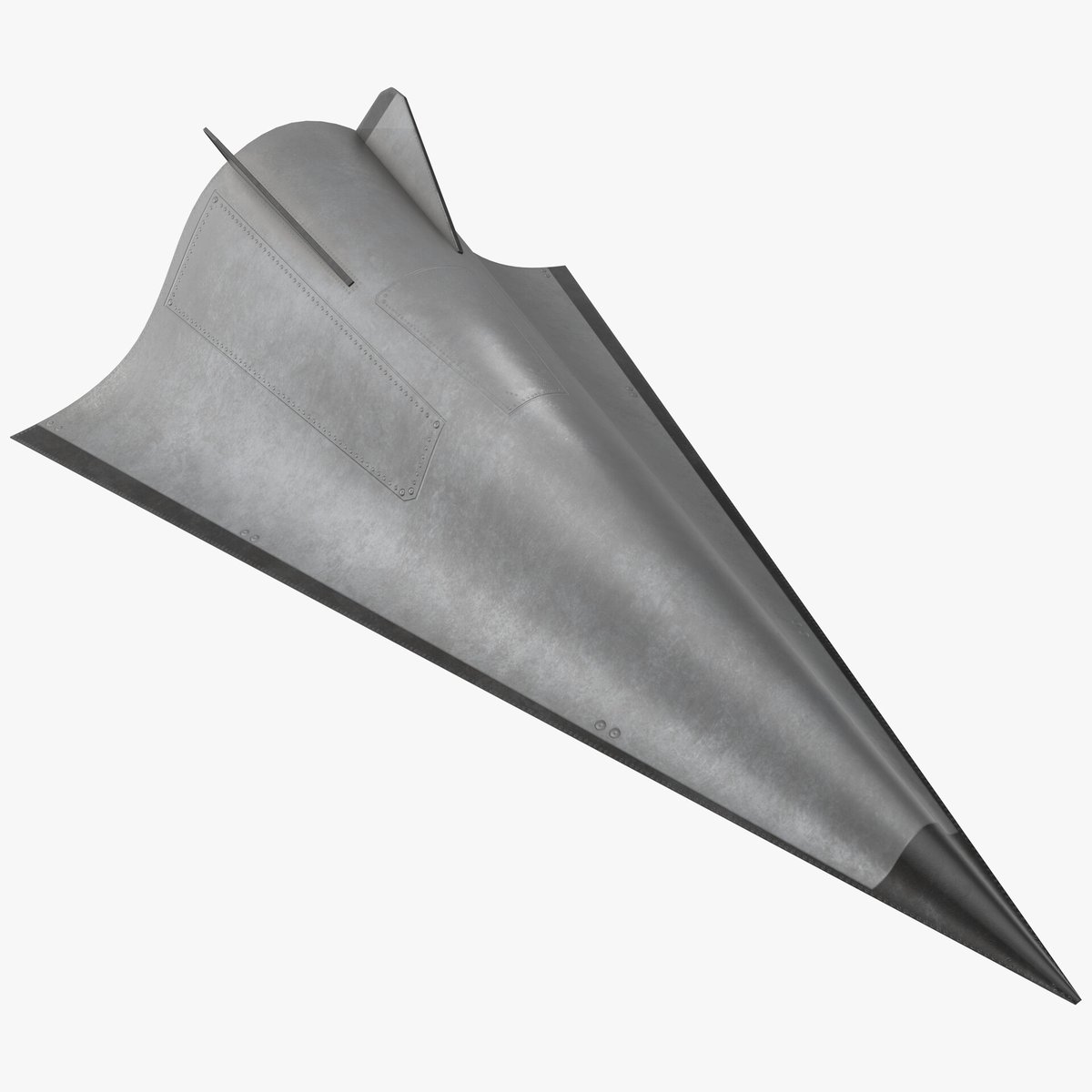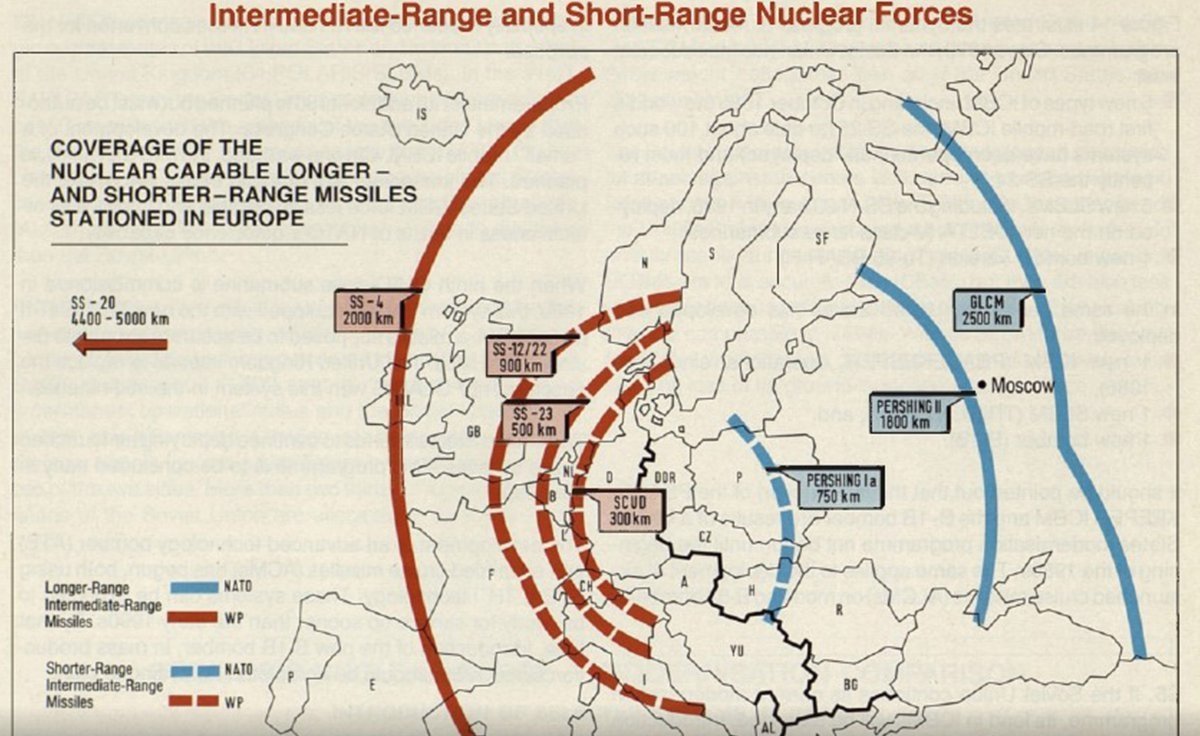#hyperhype
A thread on Zmeyevik, new RU hypersonic weapon reported by TASS earlier this week (
Looks like it was under development for a while, although there were no tests mentioned or observed, which, does not mean that there were no tests at all.
1/
A thread on Zmeyevik, new RU hypersonic weapon reported by TASS earlier this week (
https://twitter.com/KomissarWhipla/status/1546749741840703488?t=mBkD4imkR8rmL0e2K0Jb8w&s=19).
Looks like it was under development for a while, although there were no tests mentioned or observed, which, does not mean that there were no tests at all.
1/

Making fast AShM is quite traditional for SU and RU school, and the ballistic missile is a good option (also, R-27K SLASBM). Still, given its range and speed one needs a serious ISR and targeting capabilities, and also terminal guidance.
2/

2/


Maneuverable reentry vehicles (MaRV) and hypersonic glide vehicles (HGV) as a subtype of those make sense to be a primary payload type in this case, however there are obvious gaps in Russian ISR capabilities anyway.
3/


3/



Focus on coastal missile system as a platform (unlike Tsirkon, another anti-ship "stone" with surface combatant) is noteworthy. Such systems have their generic radar capabilities, and are probably easier to link into the overall situational awareness network (incl OTHR).
4/

4/


Land-attack capability for coastal missile systems (namely Bastion and Bal) is a thing, which can be relevant for Zmeyevik as well.
Deploying a ground-launched missile with a range of thousands of kilometers is hardly compliant with the RU self-imposed post-INF moratorium.
5/


Deploying a ground-launched missile with a range of thousands of kilometers is hardly compliant with the RU self-imposed post-INF moratorium.
5/



Of course, we do not know the timeline for actual deployment, so it is possible that the US weapons like LRHW Dark Eagle or MRC Typhon will arrive to Europe or Asia earlier, but this dynamics also worth paying attention to.
6/6

6/6


PS stay healthy and subscribe to STRATDELA:
getrevue.co/profile/STRATD…
getrevue.co/profile/STRATD…
• • •
Missing some Tweet in this thread? You can try to
force a refresh











